Five ways the world could actually end by Friday
One in seven people on earth thinks the world will end within their lifetimes, and one in 10 thinks that Friday, Dec. 21 is the big day. With the end of the Mayan calendar falling on the shortest day of the year, and nearly coinciding with the US going off the fiscal cliff, we’re inclined to agree that something is going to happen on Friday, even if it’s just a bunch of people freaking out at the same time—especially in China.
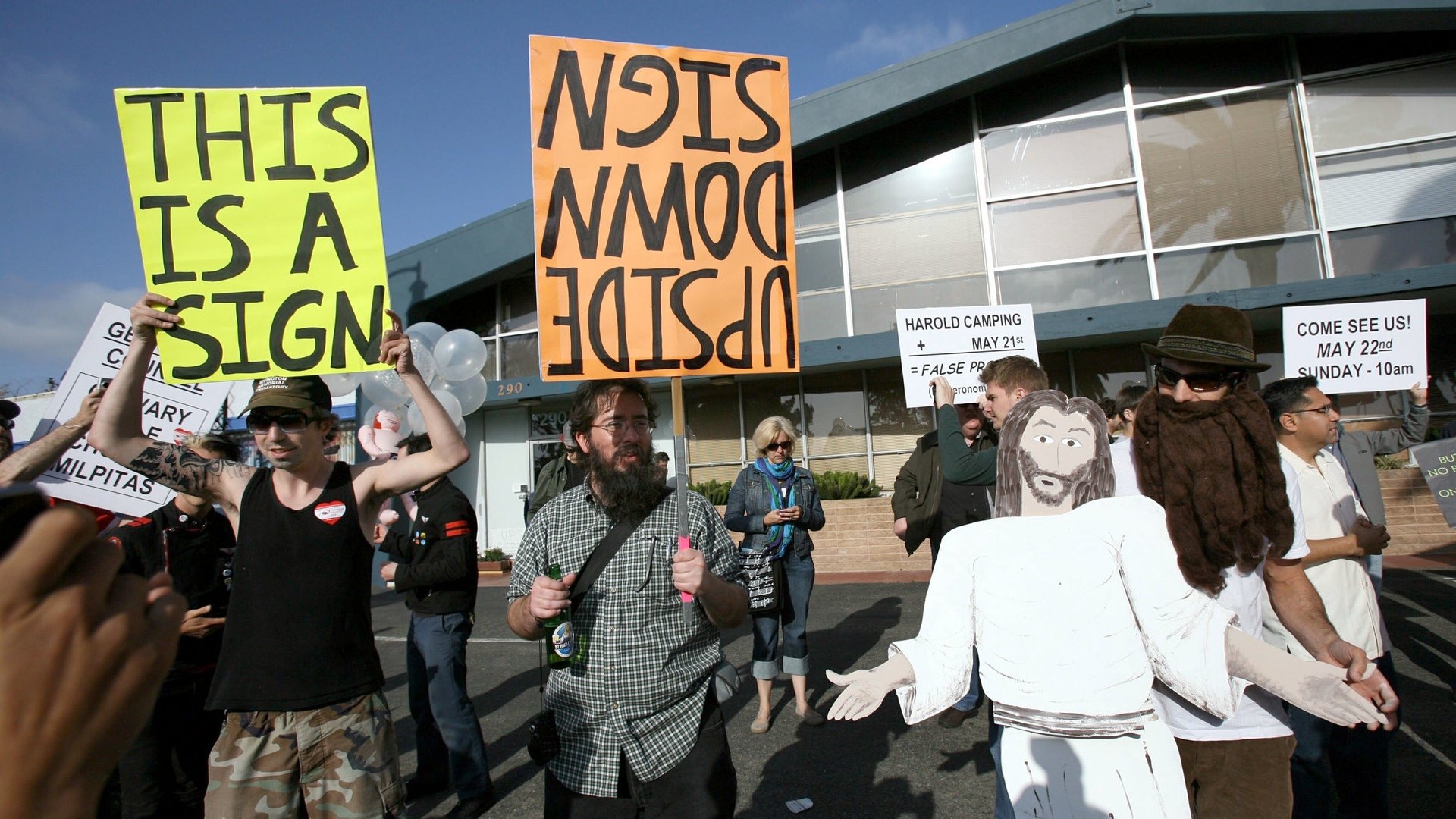

One in seven people on earth thinks the world will end within their lifetimes, and one in 10 thinks that Friday, Dec. 21 is the big day. With the end of the Mayan calendar falling on the shortest day of the year, and nearly coinciding with the US going off the fiscal cliff, we’re inclined to agree that something is going to happen on Friday, even if it’s just a bunch of people freaking out at the same time—especially in China.
The good news is that our earth, or at least human civilization, is pretty hard to kill in the scant hours left between now and our supposed doomsday. That rules out things like super-plagues, since even the most virulent germ doesn’t have enough time left to spread to a significant portion of Earth’s population. Ditto the slow creep of catastrophic climate change, our planet being engulfed by its dying sun, etc. But that doesn’t mean there aren’t, way down in the long tail of catastrophes, events so large and as-yet-unpredictable that they couldn’t put the human experiment to an end before we even know what hit us. Here are five.
1. Electrical grid-killing solar flare
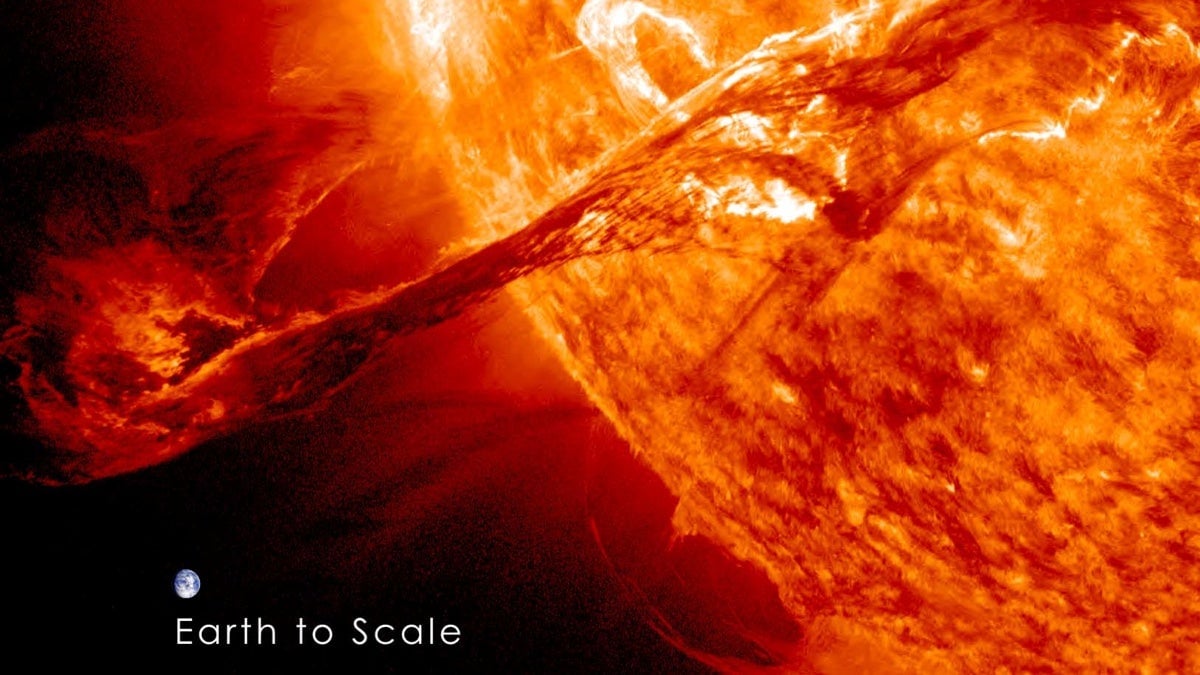
Odds: low
Occasionally the sun spits out giant solar flares whose concomitant magnetic fields would be so strong that if they hit Earth, they could blow up a significant proportion of the high-voltage transformers in our electrical grid. There seems to be at least one event of this scale on record, in 1859, but there wasn’t much of a grid back then other than some telegraph wires, which went crazy and started glowing. Solar flares can travel to the earth in less than a day, so this is one of the few planet-killing events for which we might not have any warning, aside from the words you are reading now, feeling safe in your highly connected, supremely vulnerable home.
Replacing today’s transformers in the event of such a storm could take from 4 to 10 years and cost between $1 trillion and $2 trillion, said a not-at-all alarming 2008 report from the US National Research Council. In the meantime, we’d all be sent back to the stone age, more or less: We’d be lucky if we didn’t run out of food and end up at the mercy of some kind of feudal state run by whichever neighbors had stockpiled the most weapons. At the very least, it would be the most devastating blow to any economy since the black death swept through Europe in 1348.
2. Planet-killing asteroid
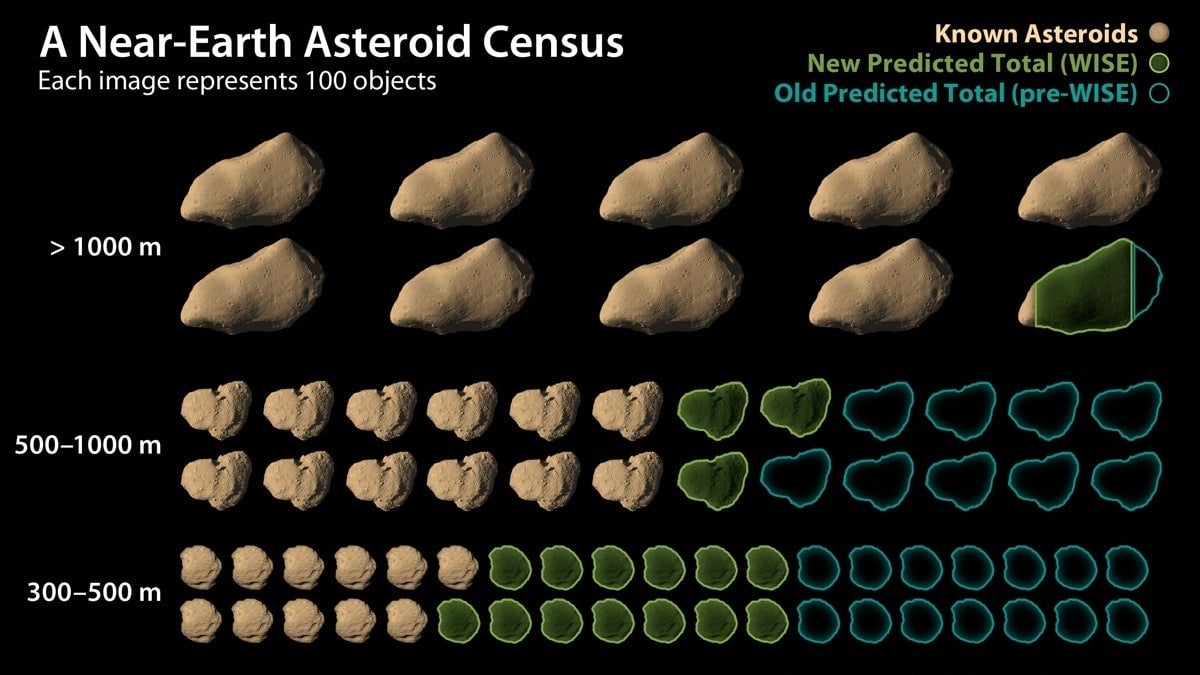
Odds: really low
Scientists have proposed an asteroid early warning system to give humanity at least a week’s notice before a massive rock strikes us with what could be the power of tens or hundreds of nuclear bombs. The key word there is “proposed”—at present, asteroids are discovered mostly by amateurs on an ad-hoc basis. In 2011, scientists discovered a sizable asteroid in our immediate solar neighborhood, just 24 hours before it could have struck the Earth with the power of 15 atomic bombs. Fortunately, that one turned out to be a near-miss.
Like solar flares, our main defense against asteroids is the simple fact that they don’t occur often. Indeed, really big ones strike Earth only about once every 100,000 years. But here’s the thing about probability: when an event is truly random, there’s no such thing as being “due” or “not due” for another incident. Which means Friday’s odds are the same as every other day of our existence on earth, including the day the dinosaurs were wiped out, intimates the US Geological Survey in its doomsday debunking materials. Comforting!
3. Loose nukes
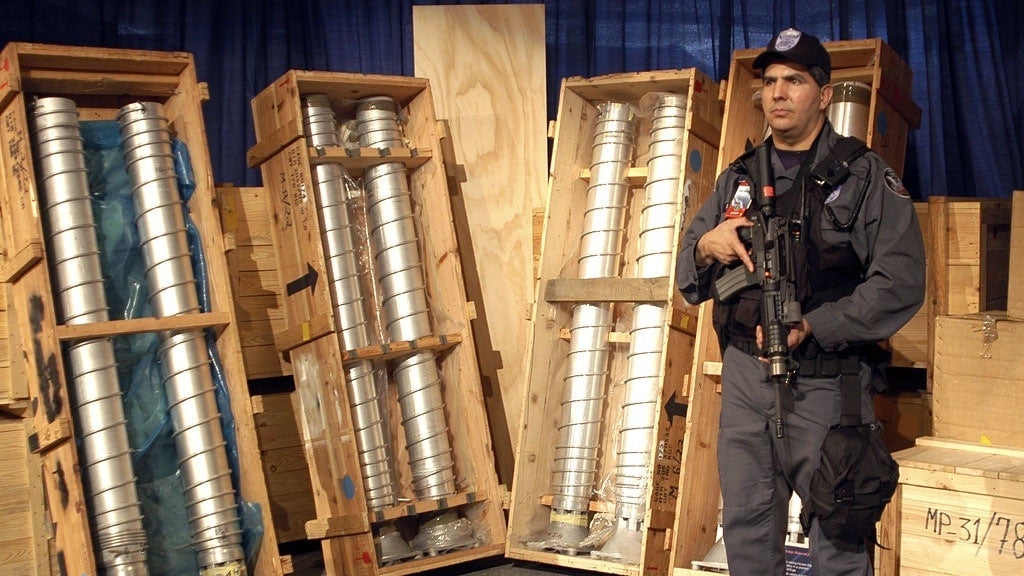
Odds: low
According to the Bulletin of Atomic Scientist’s Doomsday Clock, humanity is at “five minutes to midnight” in terms of how close we are to “catastrophic destruction.” The clock may be a mere metaphor, but according to the Bulletin, “the materials necessary to construct a [nuclear] bomb pervade the world—in part due to programs initiated by the United States and Soviet Union to spread civilian nuclear power technology and research reactors during the Cold War.”
Despite what you may have seen in movies, nuclear weapons are not easy to build, and it takes the resources of an entire state to assemble one. Experts also believe that the world’s working nuclear weapons are fully accounted for. With the Cold War over, it seems less likely than ever that a miscommunication, or even an accidental detonation, would lead to a world-ending exchange of intercontinental ballistic missiles.
4. Death-ray from space
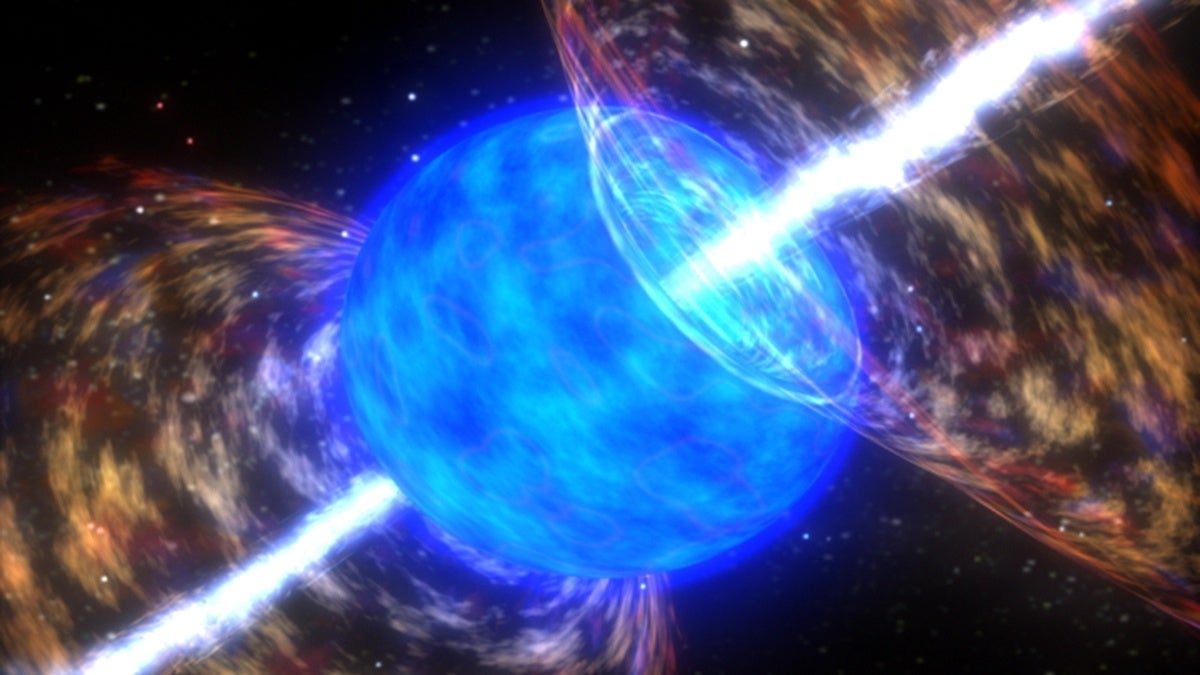
Odds: so low they are barely worth mentioning
Four hundred and fifty million years ago, the second worst-ever mass extinction of life on earth occurred, and scientists are still debating its cause. (There were no scientists around then to have a debate, but we have these things called fossils.) One radical hypothesis put forward by a handful of scientists is that, possibly, a really big star died a dramatic death known as a hypernova, sending out a gamma ray burst that, had we been directly in its path, would have stripped away our ozone layer, exposing all life on earth to potentially lethal amounts of ultraviolet radiation from our own sun. Among scientists, “radical” tends to be a euphemism for “preposterous,” so while we know that gamma ray bursts occur, we have no idea if the earth ever had the misfortune to get in the way of one.
5. Magic
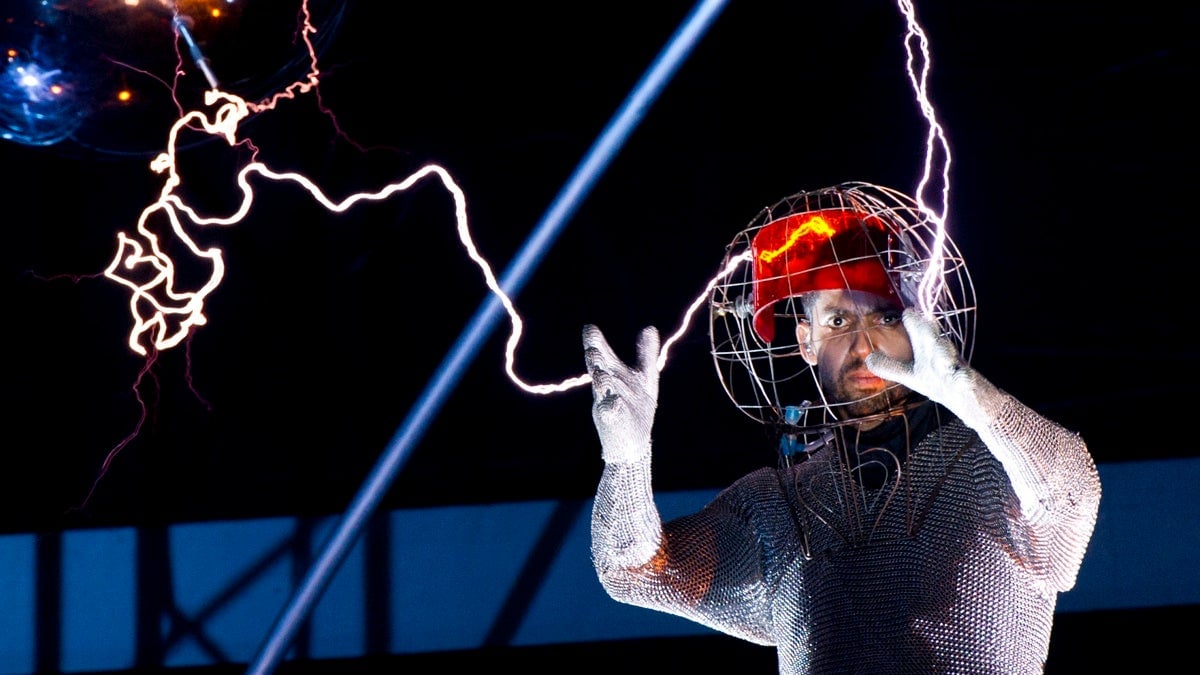
Odds: ???
Most of the people who think the world is going to end on Friday probably believe it will happen by some means that is beyond the explanations of mere reason. NASA has an entire site devoted to debunking the impending end of the world, but that hasn’t stopped the agency from being overwhelmed by calls and emails from people concerned that Friday’s the day. Depending on your faith, possibilities for the end of the earth could include anything from the spontaneous dematerialization of true believers to the arrival of a god on a white horse wielding a sword that looks like a comet.
If you’re reading this on Saturday and it turned out that the world did end after all (perhaps you’re one of the six astronauts currently on the International Space Station, and you saved this to your Kindle?) sorry we got it all so very wrong.